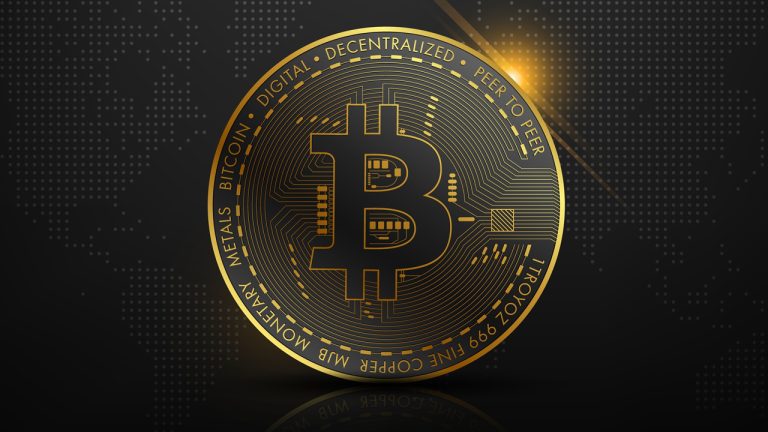
The Open Ordinals Institute aims to bolster the protocol’s future development as Ordinals inscriptions hit a milestone of 21 million.
A non-profit organization dedicated to growing the development of nonfungible tokens (NFTs) on Bitcoin (BTC) has been launched by the team behind the Bitcoin Ordinals protocol.
The California-based nonprofit called the Open Ordinals Institute will bolster the Ordinals protocol by providing funding to the team’s core developers, which includes the project’s pseudonymous lead maintainer Raph.
In total, four team members will serve on the board of the new nonprofit; Raph, Bitcoin-focused podcast host Erin Redwing an anonymous Ordinals developer known as Ordinally and Ordinals creator Casey Rodarmor.
The Ordinals protocol team is proud to announce the launch of the Open Ordinals Institute, a 501(c)(3) non-profit organization to foster the growth and advancement of the Bitcoin Ordinals protocol. Donations can be made at our website: https://t.co/H7ymKSL4VR
— Open Ordinals Institute (@ordinalsorg) August 1, 2023
The Ordinals protocol was launched in January by Rodarmor. It rapidly became one of the most popular crypto trends with users rushing to inscribe assets on the Bitcoin blockchain, including NFTs and Bitcoin-based cryptocurrencies.
On May 28, Rodarmor stepped down as the protocol’s lead maintainer and handed the role over to Raph.
I haven't been able to give ord the attention it deserves, so I am pleased to announce that @raphjaph has agreed to step up as lead maintainer!
— Casey (@rodarmor) May 28, 2023
Raph is an impoverished student, and his work on ord will be entirely funded by donations. If you can, please consider donating!…
As of Aug. 1, 5:30 pm UTC, the total number of Bitcoin Ordinals inscriptions topped 21 million, an auspicious milestone for users of the Bitcoin network.
Related: Bitcoin has entered a civil war — Over ‘art’
The team also launched the official website for the organization, Ordinals.org, allowing users to make donations and view updates to the project’s development.
According to the official website, any donations made to the Institute will be tax-deductible for United States taxpayers following the organization’s approval by the Internal Revenue Service, which it expects to occur sometime later this year.
Magazine: Should you ‘orange pill’ children? The case for Bitcoin kids books








